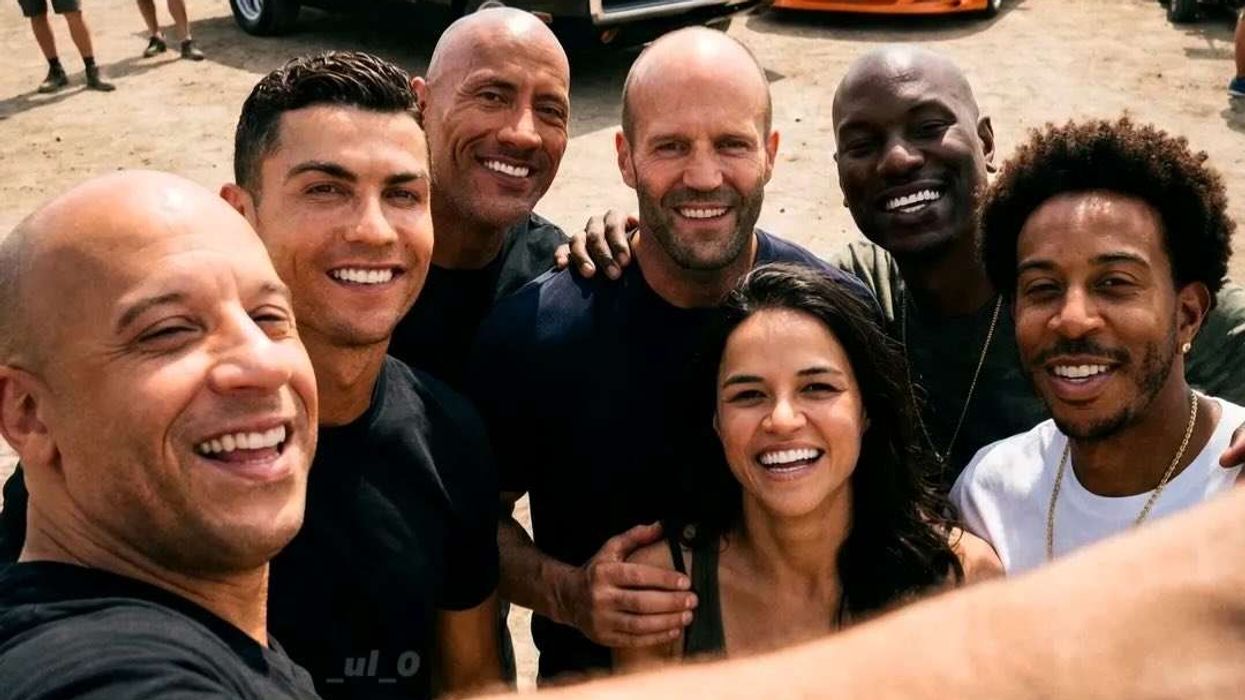THERE is enough compelling evidence to suggest that V Shantaram was perhaps the most important Indian filmmaker of the 20th century.
Whether it was technical innovations, pathbreaking work, expanding the horizons of Indian cinema or an incredibly fearless approach, he left behind an impressive body of work and countless magic movie moments. The Bollywood writer, director, producer and actor also founded influential film studios, launched new talent and laid the foundation for Marathi cinema.
He was born on November 18, 1901, and passed away aged 88 on October 30, 1990. To mark his birth and recent death anniversary, Eastern Eye prepared an all you need to know A to Z about a multi-talented movie giant.
A is for Annasaheb: The legendary filmmaker, affectionately known as Annasaheb, was born Shantaram Rajaram Vankudre on November 18, 1901, in the Kolhapur district of British India.

B is for Bilingual: Today there are many pan-Indian films dubbed or made in multiple languages, but it was V Shantaram who did it first. His 1932 film Ayodhyecha Raja was the first Marathi language talkie. It was also simultaneously made in Hindi as Ayodhya Ka Raja and helped the same film to reach wider audiences. The mythological marked the lead debut of legendary actress Durga Khote.

C is for Charlie Chaplin: His 1939 film Manoos received praise from Hollywood icon Charlie Chaplin. The reformist social melodrama ahead of its time revolved around a policeman’s love for a prostitute and his attempts to rehabilitate her. It was simultaneously made in Hindi as Aadmi.
D is for Debut: During the silent era of Indian cinema, V Shantaram acted in his first film Surekha Haran (1921) and made a directorial debut with Netaji Palkar (1927). The success of the historical would launch one of Indian cinema’s most successful filmmaking careers and he would balance that with powerful roles as an actor.
E is for Excellence: The Mumbai International Film Festival annually gives a V Shantaram lifetime achievement award. Previous winners include legendary filmmaker Shyam Benegal in 2018.
F is for Foundation: In 1977, he established the V Shantaram Motion Picture Scientific Research and Cultural Foundation as a way to give back to the Indian cinema industry. It helped everyone, from scholars doing research to new talent and established movie technicians. The foundation has also handed out awards to honour film excellence.
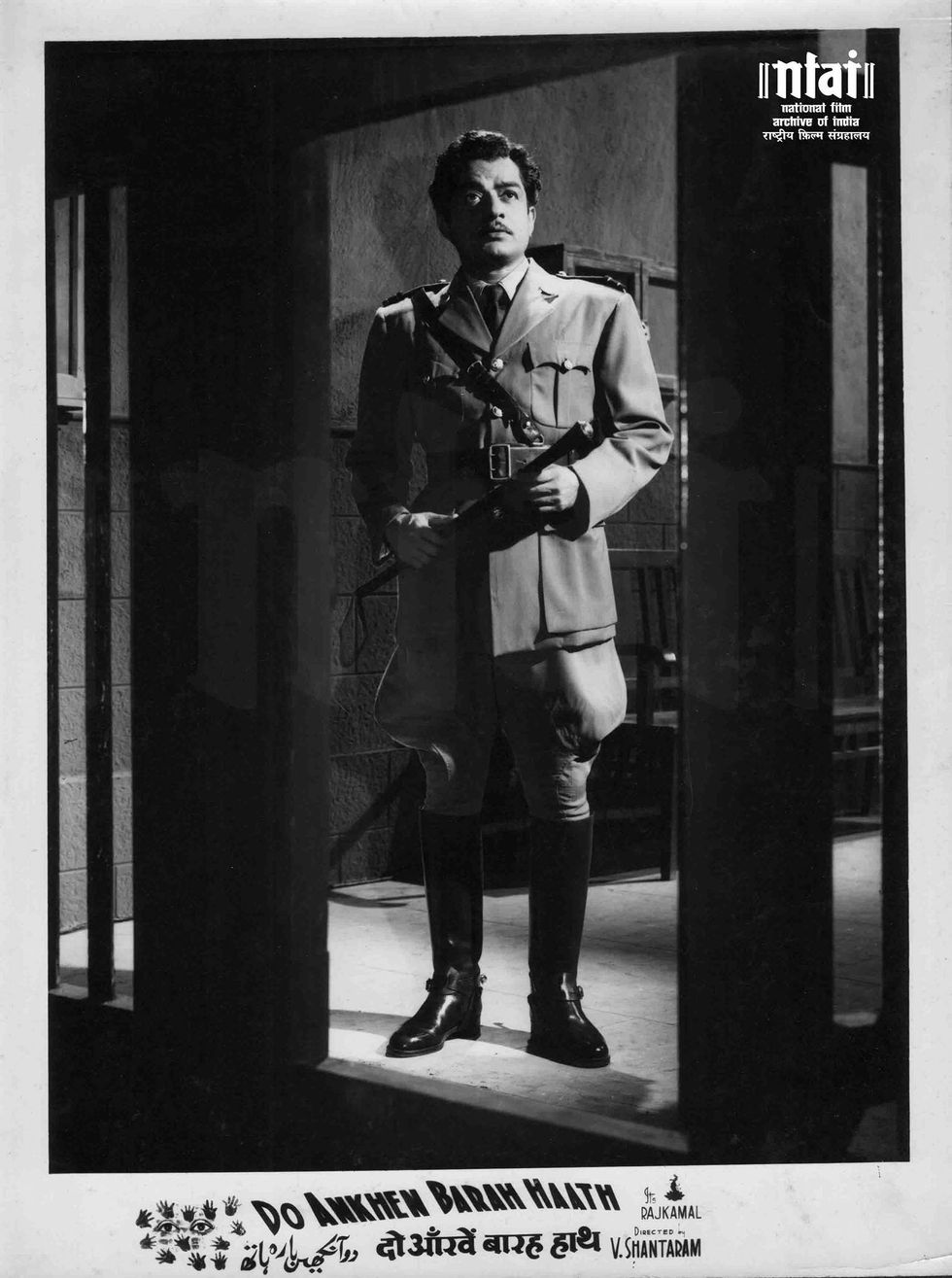
G is for Golden Globe: He produced, directed and headlined Do Aankhen Barah Haath (1957), which would go on to make history by winning a Golden Globe Award in the Samuel Goldwyn International Film Award category. It won a Silver Bear at the 8th Berlin International Film Festival and National Award for best film. In 1975 it was remade in Tamil (Pallandu Vazhga) and in the following year in Telugu (Maa Daivam).
H is for Honour: The visionary filmmaker won Indian cinema’s highest honour, the Dadasaheb Phalke award in 1985. He won many other awards, including getting India’s second highest civilian honour, the Padma Vibhushan, in 1992, posthumously.

I is for International: The multi-talented star produced, directed and starred in the iconic 1946 film Dr Kotnis Ki Amar Kahani, which he made in Hindi and English, with the title of The Journey of Dr Kotnis. He played the title role in both movies based on the life of Dwarkanath Kotnis, an Indian doctor who worked in China during the Japanese invasion in the Second World War. The film was screened in competition at the 1947 Venice Film Festival and was shown at the India League in London. His film Amar Bhoopali (1951) competed for the Grand Prize at the 1952 Cannes Film Festival.
J is for Jhanak Jhanak Payal Baaje: The 1955 dance drama won multiple accolades, including a Filmfare Award for best director and best film. It also won two National Awards. The super hit was one of the earliest technicolour films ever made in India.
K is for Kolhapur: Within two years of making his directorial debut, V Shantaram co-founded his first film studio Prabhat Films in 1929 in Kolhapur. He launched it with successful silent film Gopal Krishna (1929). It was his solo filmmaking debut after codirecting Netaji Palkar (1927). After shifting to Pune, he directed notable films like his first talkie Ayodhyecha Raja (1932), Amrit Manthan (1934), Kunku (1937) and Manoos (1939) for the studio. He parted ways with Prabhat Films in 1942 (see R).
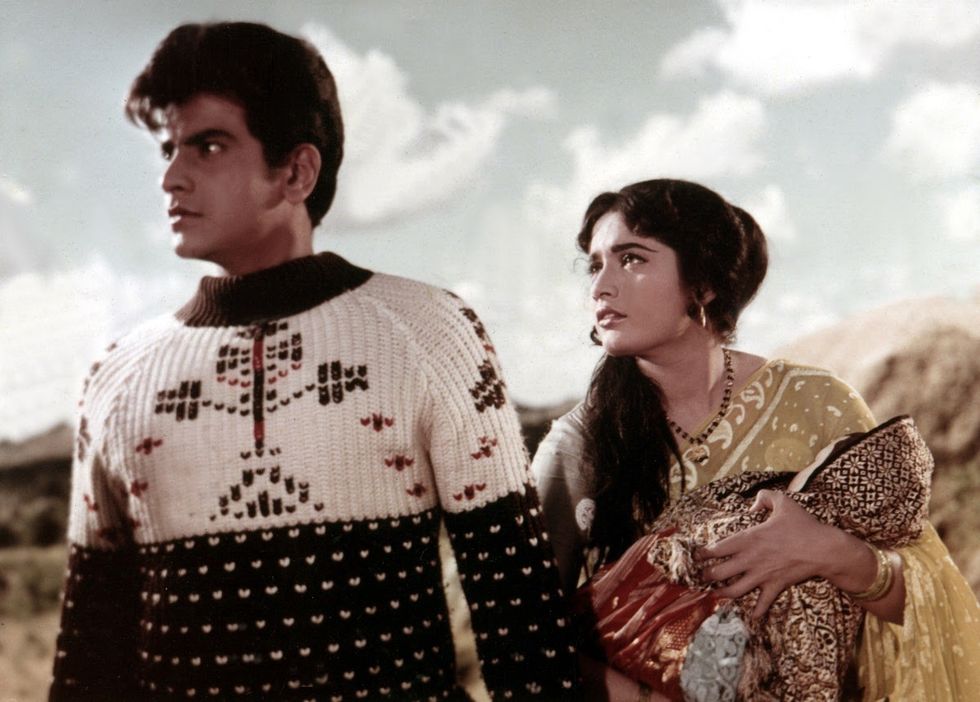
L is for Launch: He wrote, produced and directed the 1964 musical drama Geet Gaya Patharon Ne, which introduced his actress daughter Rajshree and marked the Bollywood debut of legendary actor Jeetendra. He launched his third wife Sandhya’s niece Ranjana Deshmukh into Marathi cinema through Chandanachi Choli Ang Ang Jaali (1975). Many other talents got their first break thanks to him.
M is for Music: The filmmaker had a keen interest in music and why his movies regularly had great songs. Although never officially credited, legend has it that he ghost wrote a lot of music for his movies across the decades.
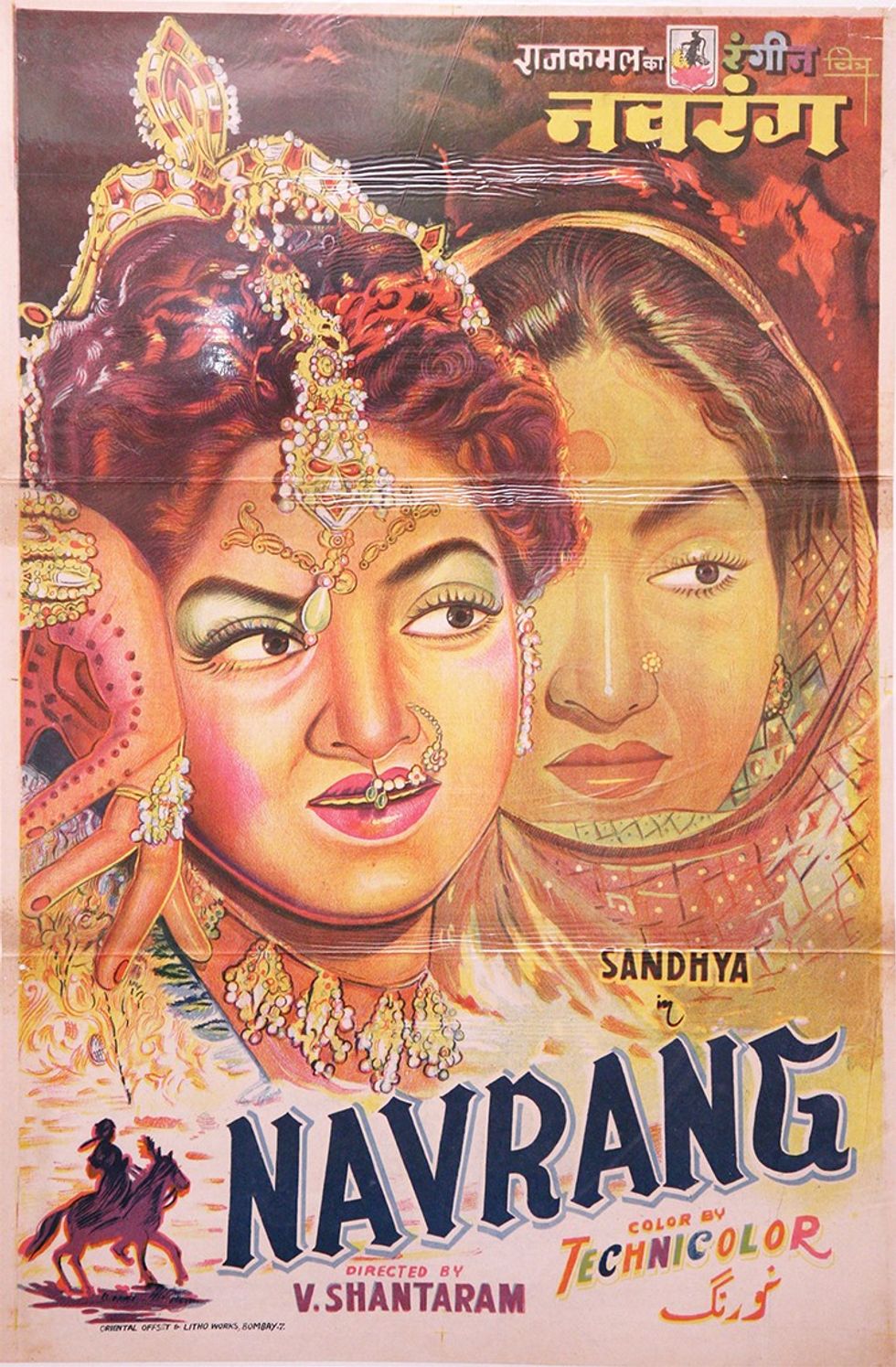
N is for Navrang: Apart from being an early colour film, Navrang, released in 1959, is noted for helping to raise the bar in Bollywood in terms of dance. It marked the debut of noted playback singer Mahendra Kapoor with the legendary song Aadha Hai Chandramaa Raat Aadhi.
O is for Odd jobs: He left education early and had various odds jobs as a teenager, including working in a railway workshop. That continued in 1919 when he joined The Maharashtra Film Company owned by cinema pioneer Baburao Painter and worked in all areas as a junior before finally getting a break as an actor.
P is for Partition: He directed one of the first films made against the backdrop of partition with Apna Desh (1949). The story of a kidnapped and raped woman taking revenge on society caused a lot of controversy. It would be heavily criticised from some corners and had to be withdrawn. Over time it was seen as a movie of exceptional merit, ahead of its time.
Q is for Quality: V Shantaram was able to sustain such a long career as a filmmaker, which lasted nearly 60 years because of the high calibre of films he made. Some of his all-time classics included Amrit Manthan (1934), Dharamatma (1935), Amar Jyoti (1936), Dr Kotnis Ki Amar Kahani (1946), Amar Bhoopali (1951), Jhanak Jhanak Payal Baaje (1955), Do Aankhen Barah Haath (1957), Navrang (1959), Stree (1961) and Boond Jo Ban Gayee Moti (1967). His super hit musical Pinjra (1972) was the first Marathi film in colour and won a prestigious National Award.
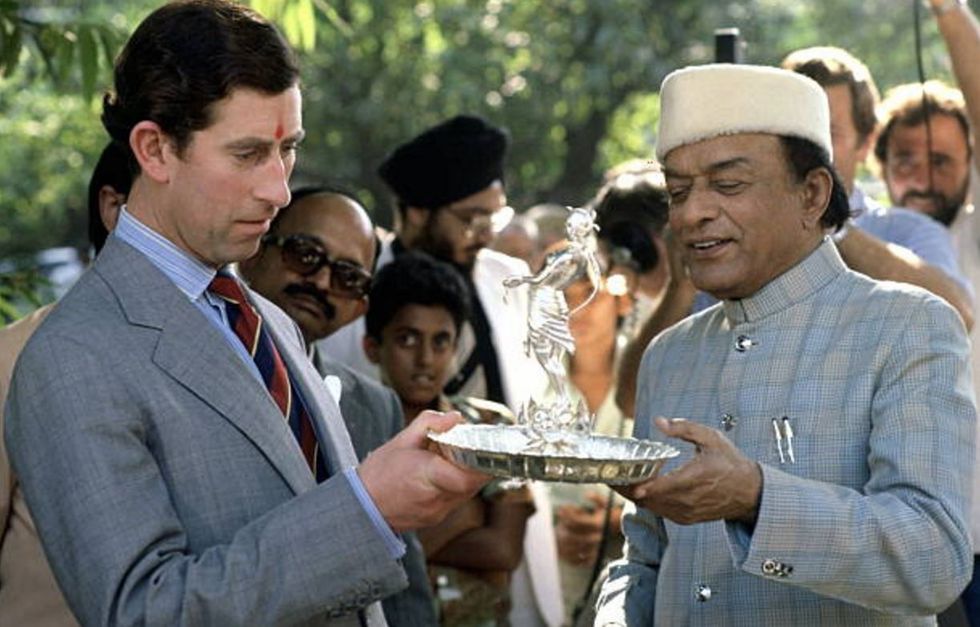
R is for Rajkamal Kalamandir: Shortly after buying the premises of the studio Wadia Movietone in Mumbai, he founded his legendary production company and studio Rajkamal Kalamandir in Mumbai in 1942. The banner would make iconic films in Hindi and Marathi. It was the first studio in Asia, which offered every facet of filmmaking services, from locations and sound recording to poster design. The premises were used by other production houses across the decades and over 2000 films were shot there. Legendary filmmakers who made all-time classics at the studio included Satyajit Ray, Mrinal Sen, Manmohan Desai, Hrishikesh Mukherjee, Shakti Samanta, Shyam Benegal and Yash Chopra. Richard Attenborough filmed scenes of the multiple Oscar winning Gandhi (1982) at the studio. King Charles visited the studio in 1980 and met the filmmaker.
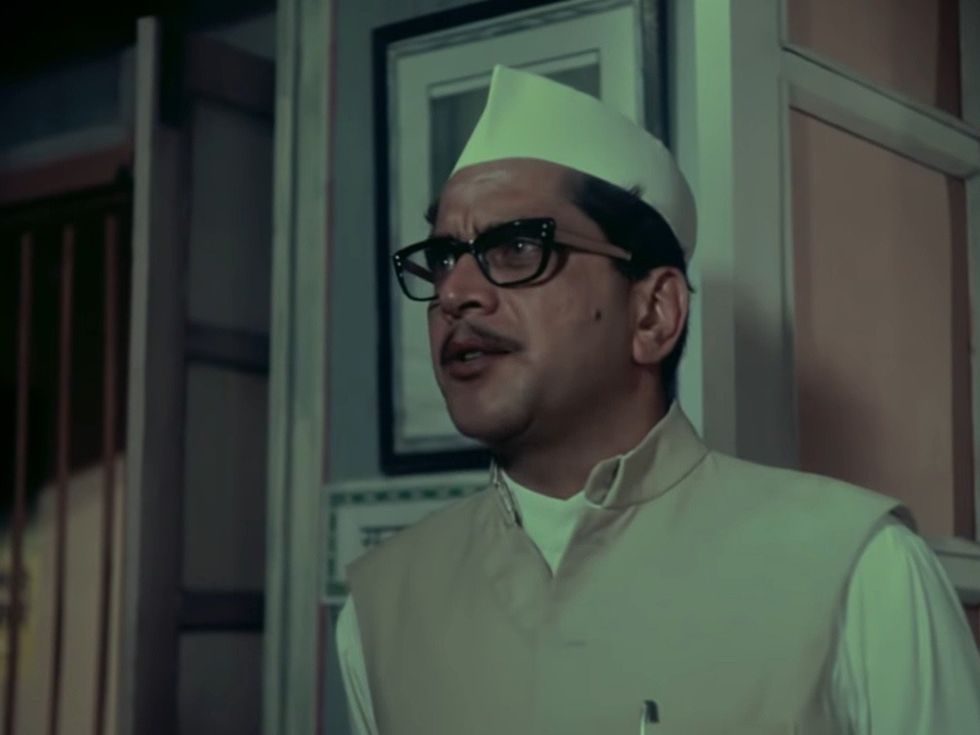
S is for Sairandhari: The visionary made 1933 movie Sairandhari simultaneously in Hindi and Marathi. It also became the first Indian film to be shot in colour, but the processing studios in Germany were unable to develop it properly and made it look garish. So, he released it in black and white. It has been cited as one of the ‘21 most wanted missing Indian treasures’. The movie also had the first original soundtrack pressed onto a record.
T is for Twenty five: His 1934 costume drama Amrit Manthan, produced simultaneously in Hindi and Marathi, became the first film to run in cinemas for 30 weeks. When it hit 25 weeks, a distributor coined the term silver jubilee, which would become associated with successful films in subsequent decades. Amrit Manthan was also the first Indian film to use a telephoto lens, which was specially imported from Germany.
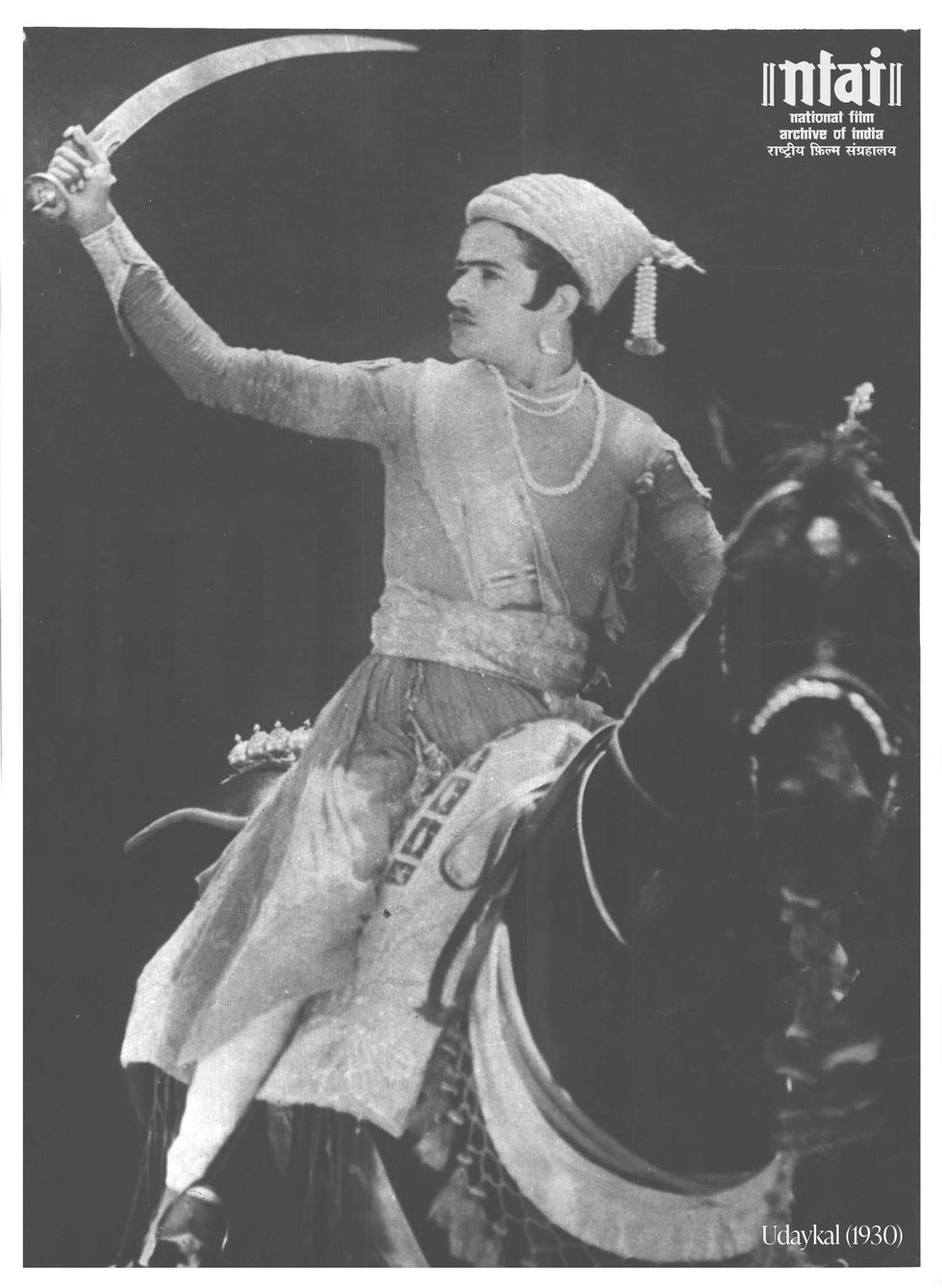
U is for Udaykal: One of the last silent films he directed was Udaykal (1930). He also played the lead role in the film, which was the first to politicise the Maratha emperor. This would greatly influence subsequent historical films that were made in Indian cinema in terms of storytelling.
V is for Visionary: Whether it was making bilingual films, introducing new technologies, using innovative techniques, or tackling challenging subjects, Shantaram was seen as a visionary, who constantly broadened the horizons of Hindi cinema. Much of this is documented in the excellent book V Shantaram: The Man Who Changed Indian Cinema by his daughter Madhura Pandit Jasraj.
W is for Wives: He had an arranged marriage as a 20-year-old to a woman named Vimalabai in 1921 and together they had four children. Shantaram would later marry popular actress Jayashree in 1941 and they had four children together. His third marriage in 1956 was to famous actress Sandhya.
X is for X Factor: Although he was known to tackle daring subjects, what really set Shantaram apart from others was his constant drive to expand the horizons of Indian cinema with expansive ideas and technological breakthroughs. This would influence all others and help build the Indian film industry we know today.
Y is for Youngster: As a child, Shantaram was noticed for his ability to mimic others and was hired to work for a theatre company. He was unable to sing at a time when musicals dominated, so was made to work as a stagehand.
Z is for Zest: A great enthusiasm for cinema enabled V Shantaram to have a career that lasted nearly 70 years. He directed his final film Jhanjhaar in 1987 and left behind a remarkable body of work, which entertained different generations. He also launched new talent, inspired filmmakers, broke new ground and left behind an important legacy, which should always be celebrated.

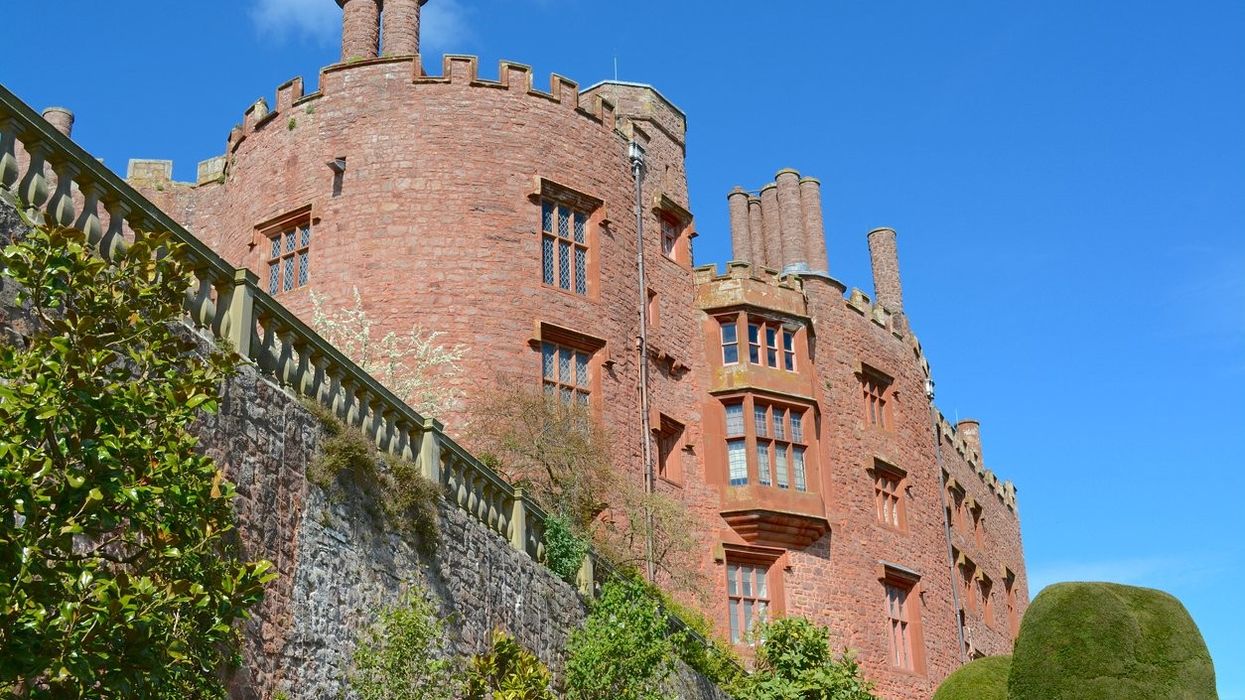
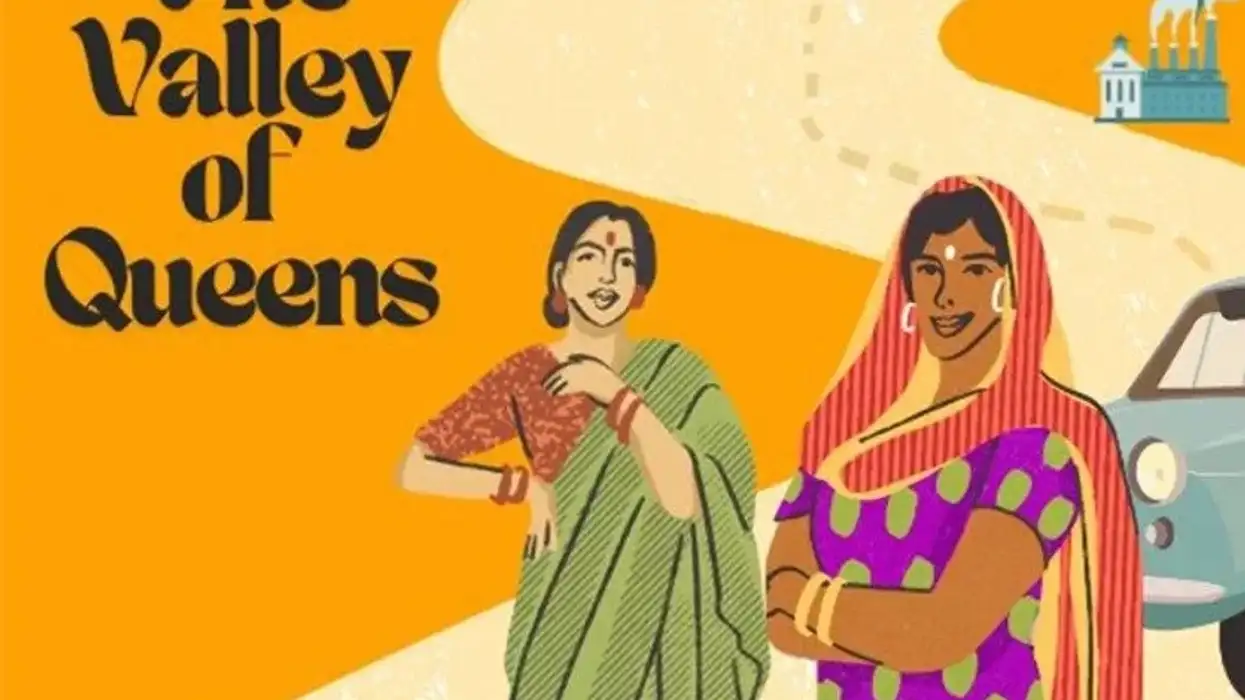
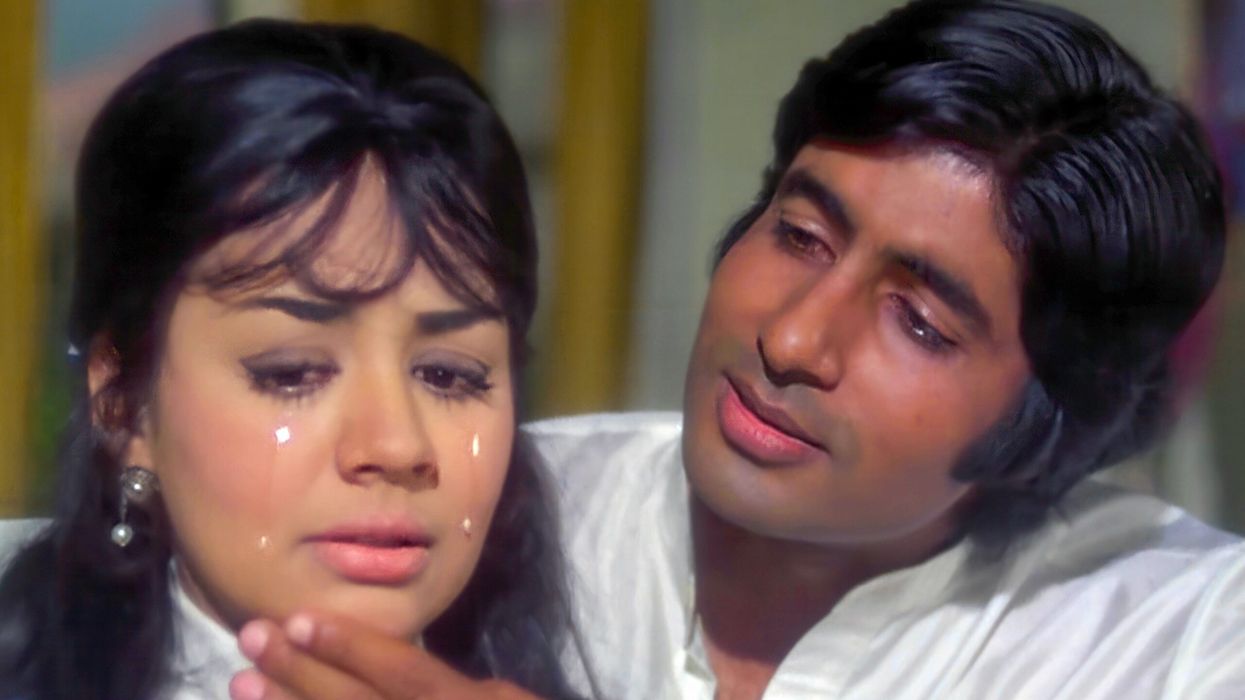
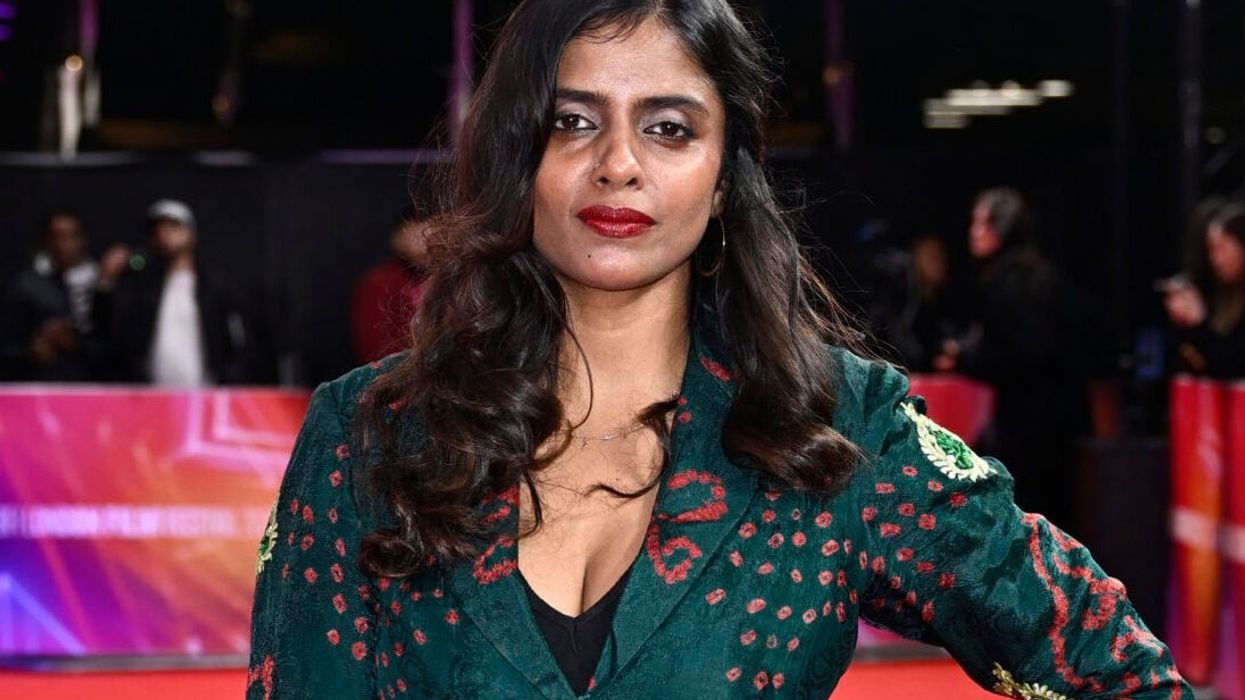

 The Christmas light walks in central London that still feel festive Getty Images
The Christmas light walks in central London that still feel festive Getty Images 





